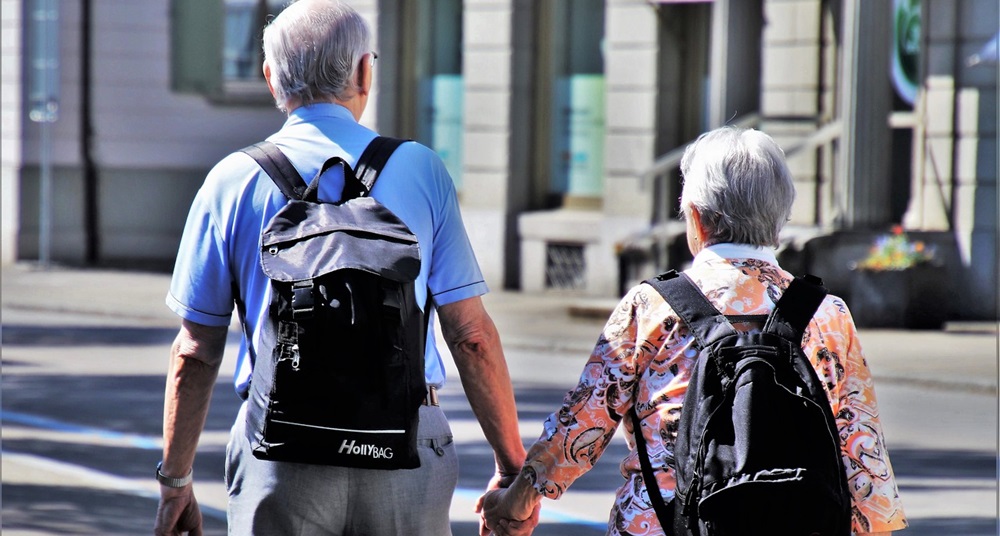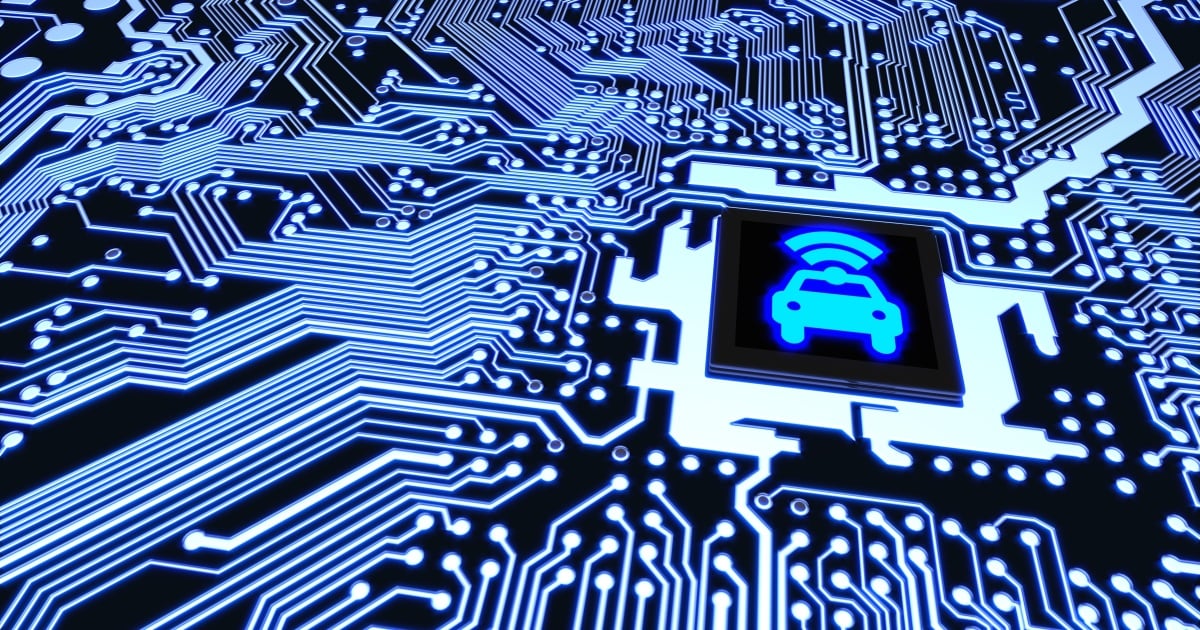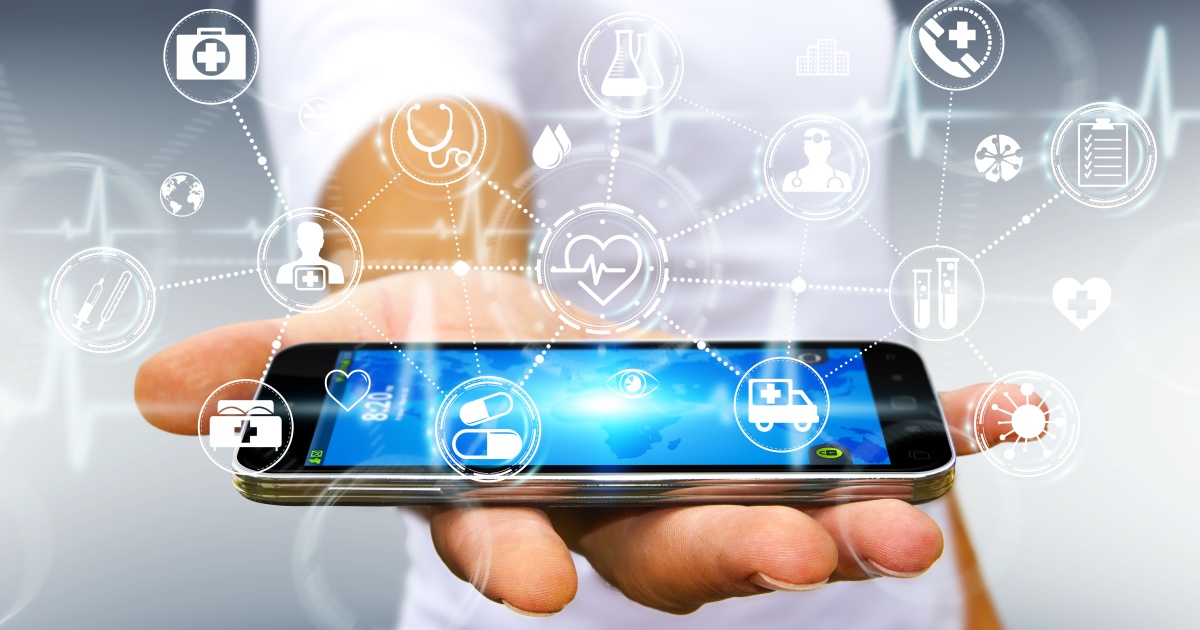
Followers of the IoT craze have heard before that over 30 billion connected devices are expected to be installed worldwide by 2020. But what the connected guru’s might not know is that these connected devices can, and will, be used by the growing aging population to live a better, more automated lifestyle.
Long-gone are the days of the Clapper and LifeAlert. Now, aging parents will have a whole new arsenal at their disposal to allow them peace of mind, and ease-of-use for the things they need both in their home, and in the outside world.
The U.S. Census Bureau predicts that the year 2030 will mark a turning point for the aging population of the United States. In about 11 years, all baby boomers will be older than age 65. The senior population will have expanded where one in every five U.S residents will be in retirement age. The senior population will for the first time be larger than children. This creates a massive opportunity for the IoT space to place a larger focus on this population as they will be increasingly looking for products to make their lives easier, as well as their children who will be looking to take care of their aging parents.
So, what can we expect?
IoT-Driven Caregiving
For some of us, we’re already here. For others, it may be coming sooner then we think. Our parents are getting older – how do we provide the best care?
While we may not be at the stage of subservient robots that can do our parents bidding, there are technologies and services at our disposal that can provide care and prevent in-home incidents that LifeAlert use to signal.
Millennials and the generations that follow are the first to tap these tools that they can access from anywhere in the world. These solutions not only help your parents in times of need, but also give you, their caring child, peace of mind to know that your parents are safe and kicking.
App-driven tools that provide notification-based updates allow parents and their children to keep an eye on their parent’s in-home activity, schedule in-home repairs and even grocery shop or run errands.
Here are some ways connected-tech can improve in-home care for aging parents:
Monitoring Sensors
Internet-connected sensors have been used for various activities, but now they’re getting smarter and are offering more monitoring capabilities outside of motion.
Caregivers, who’d prefer not to connect cameras throughout their parent’s homes, should look into sensors to stay on top of parent’s activity without feeling like the all-seeing eye of Sauron.
Caregivers can scatter sensors throughout their parent’s home to monitor various activity. Sensors can alert, and send app-based notifications, when home doors, windows or garage doors are open. Now, caregivers can ensure their parents are following their daily schedule and be notified if parents don’t arrive on time.
Sensors can be placed on medicine cabinets to ensure that parents are taking their medication, and on time. They can also alert to potential water leaks, smoke alarms, changes in temperature and some even have the ability to allow users to change the temperature back if they notice a dip.
Smart Healthcare
According to a report from Aruba Networks, 87 percent of healthcare organizations will have adopted IoT solutions in the next year. The report lists patient monitoring at the most common form of connected devices today, and this is sure to grow in the coming years.
Similar to how a sensor detects a water leak, healthcare is looking for the same method to inform them, and the patient, of health issues before they arise. Though not at the full potential yet, caregivers should keep their eyes open for the future in this space – and founders should be thinking of ways to disrupt the space now!
Property Watchdog
The idea of video cameras inside the home is off-putting to most (which is why sensors are a great solution). But for home security and decreasing mobility, they are great.
With companies like Ring and Nest providing these tools, video cameras can alert to suspicious activity and give parents a live feed of folks ringing the doorbell so they don’t need to get up when the Girl Scouts come knocking.
Both the caregiver and the parent can have access to the information, even the notifications that take place at night, where video footage is recorded and stored for later viewing.
Looking Forward
While there are plenty on solutions in the IoT space that can be used for a new-age caregiver, there are certainly new and exciting products on the horizon that will further shape how we provide care, increase mobility and alter and expand upon healthcare options.
For entrepreneurs in the space, I urge you to think about ways to concoct solutions to the issues aging parents face. It will become a growing market as more and more Millennials and future generations look for tech-based solutions to solve their caregiving problems.
Edited by
Ken Briodagh





